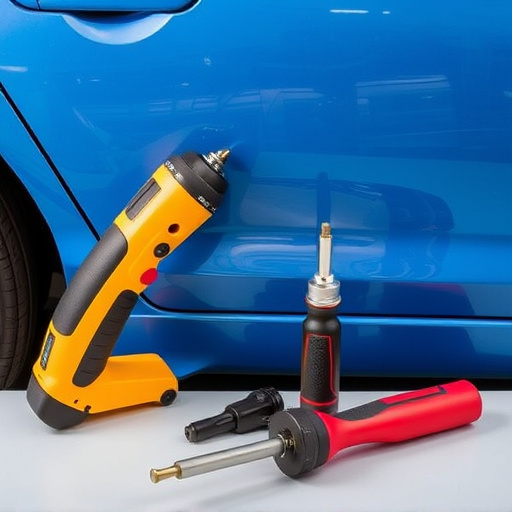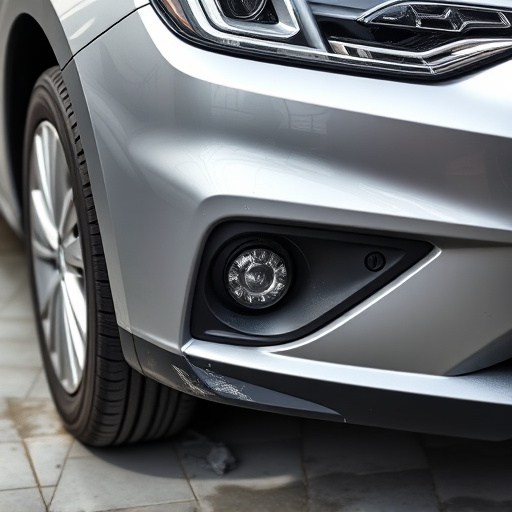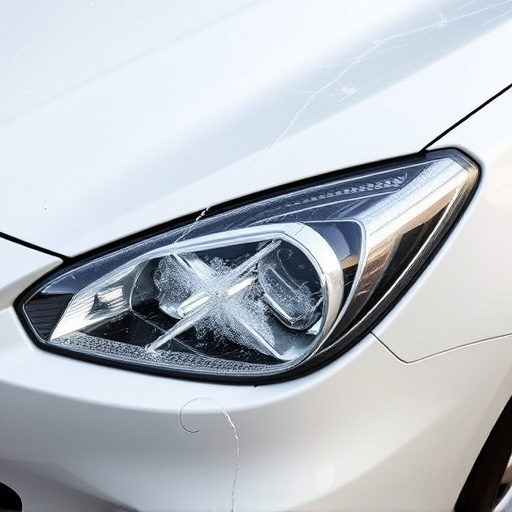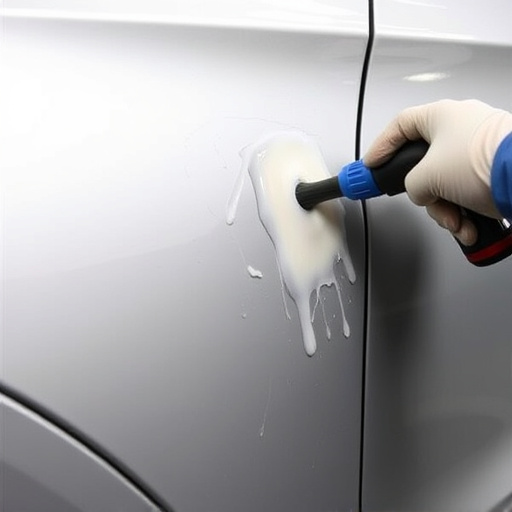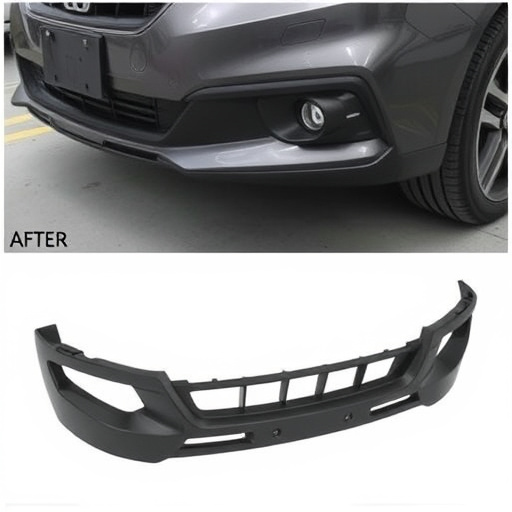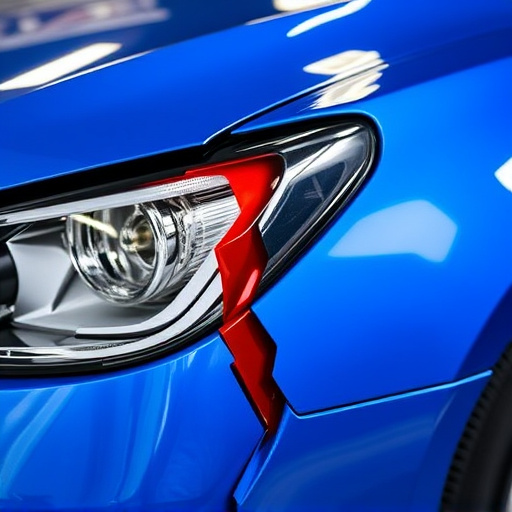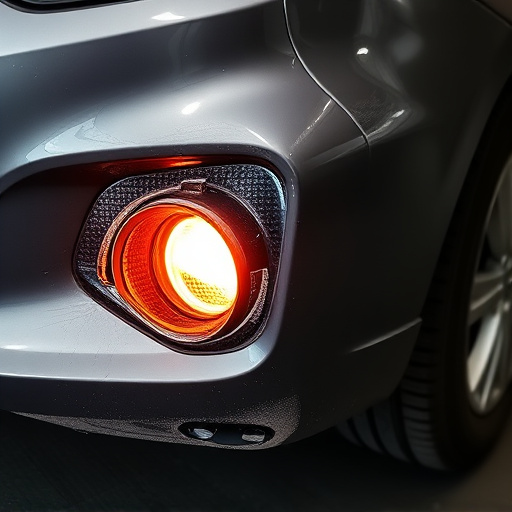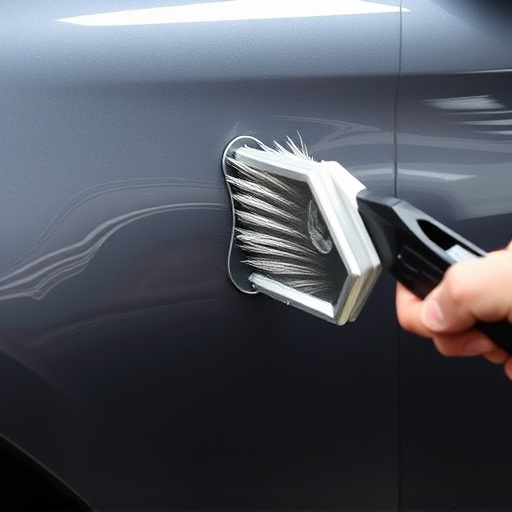Aluminum body components, favored in auto manufacturing for their strength and weight efficiency, are accessible through aftermarket manufacturers employing advanced casting and machining. Though initial costs may be higher, aluminum's lightening effect on vehicles contributes to fuel savings and sustainability. Aftermarket parts offer cost advantages compared to OEM specifications, encouraging customization while providing budget-friendly car repair solutions. Quality assurance through meticulous manufacturing processes is key when comparing aftermarket vs. OEM aluminum body components, ensuring superior fit, finish, and structural integrity for detailed auto restoration projects.
Aluminum body components have become a popular choice in both original equipment manufacturer (OEM) and aftermarket applications. This article delves into the comparison between aftermarket and OEM aluminum body parts, focusing on material properties, cost and customization benefits, and manufacturing processes. Understanding these aspects is crucial for car owners and industry professionals alike, as it highlights the advantages and considerations when selecting high-quality aluminum body components.
- Material Properties: Aluminum vs OEM Standards
- Aftermarket Advantages: Cost & Customization
- Quality Assurance: Comparing Manufacturing Processes
Material Properties: Aluminum vs OEM Standards
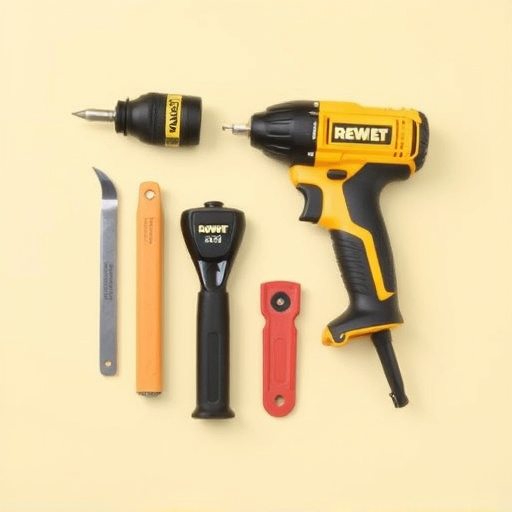
Aluminum, a lightweight yet robust metal, offers unique material properties that make it an attractive choice for automobile manufacturing, especially in the production of aluminum body components. Its superior strength-to-weight ratio is advantageous for vehicle design, enabling better fuel efficiency and enhanced performance. When compared to OEM (Original Equipment Manufacturer) standards, aftermarket aluminum body components often adhere to stringent quality control measures. Aftermarket manufacturers typically employ advanced casting techniques and precise machining processes to ensure the precision and integrity of each component. This results in high-quality, durable parts that can rival OEM specifications.
In contrast, OEM standards tend to focus on cost-effectiveness and mass production, which may lead to certain trade-offs in material properties. While the initial costs of aluminum body components might be higher, their lightweight nature can contribute to significant savings in fuel consumption for fleet repair services and auto body shops, making them a sustainable choice for car body repair. Additionally, the versatility of aluminum allows for more creative designs, catering to modern automotive trends and demands.
Aftermarket Advantages: Cost & Customization
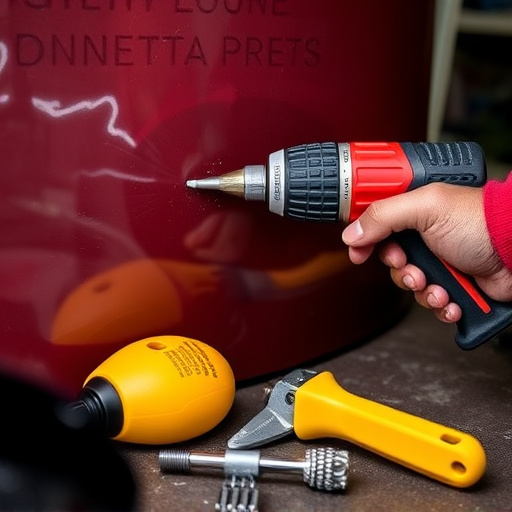
One of the key advantages of choosing aftermarket aluminum body components is the significant cost savings they offer. These parts are typically more affordable than their Original Equipment Manufacturer (OEM) counterparts, making them an attractive option for both car enthusiasts and those looking to save money on auto repair services. The competitive nature of the aftermarket ensures that consumers have a wide range of choices, allowing them to compare prices and find the best deals.
Additionally, aftermarket aluminum body components offer unparalleled customization possibilities. Unlike OEM parts, which are mass-produced and designed for universal fit, aftermarket products are often tailored to specific vehicle makes and models. This level of customization enables car owners to enhance their vehicles’ performance and aesthetics exactly according to their preferences. Whether it’s a simple upgrade or a complete vehicle paint repair, the aftermarket provides the flexibility and variety to cater to diverse individual needs.
Quality Assurance: Comparing Manufacturing Processes
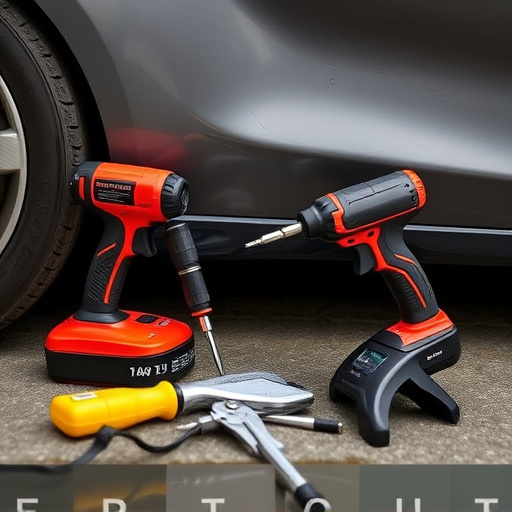
When comparing aluminum body components between aftermarket and Original Equipment Manufacturer (OEM) sources, one key area to scrutinize is quality assurance through manufacturing processes. Aftermarket manufacturers often leverage advanced techniques like precision machining and computer-aided design (CAD) to ensure superior fit, finish, and structural integrity in their aluminum body components. These methods allow for intricate detail work and precise measurements, which can be crucial for complex automotive restoration or car body shop projects.
In contrast, while OEM processes are typically standardized and mass-produced, they often employ less intricate manufacturing techniques to maintain efficiency and cost-effectiveness. This doesn’t necessarily equate to lower quality, but it may not offer the same level of customization or precision as what’s available in the aftermarket. For automotive body work requiring exceptional accuracy and durability, prioritizing aluminum body components from manufacturers known for stringent quality control measures is essential.
In comparing aftermarket aluminum body components with OEM standards, it’s evident that aftermarket manufacturers offer distinct advantages in terms of cost and customization. While OEM parts adhere strictly to established standards, aftermarkets provide flexibility for unique vehicle modifications. The manufacturing processes involved in each vary significantly, impacting quality assurance differently. Ultimately, the choice between aftermarket and OEM aluminum body components depends on individual needs, with both options presenting unique benefits and drawbacks.


